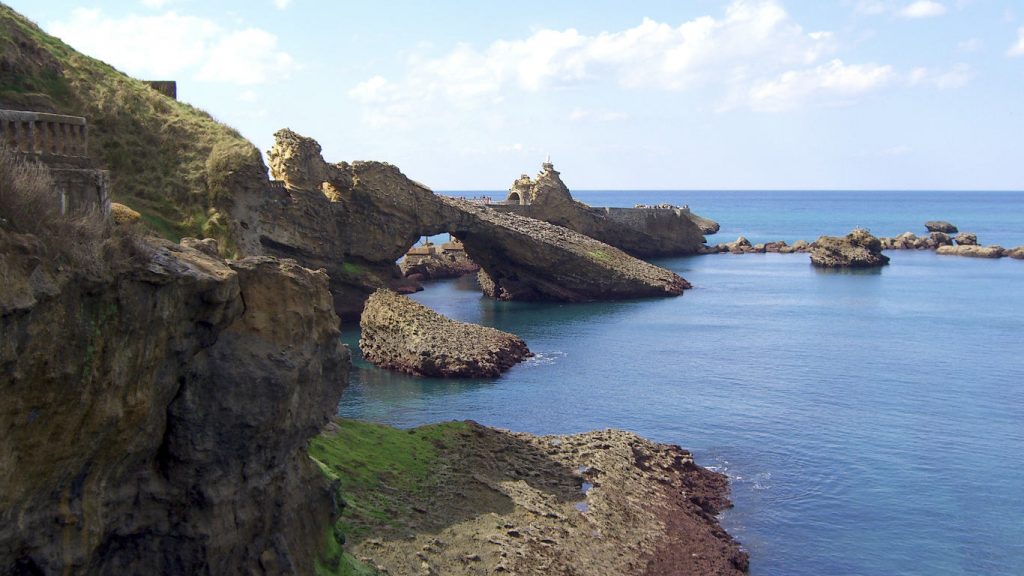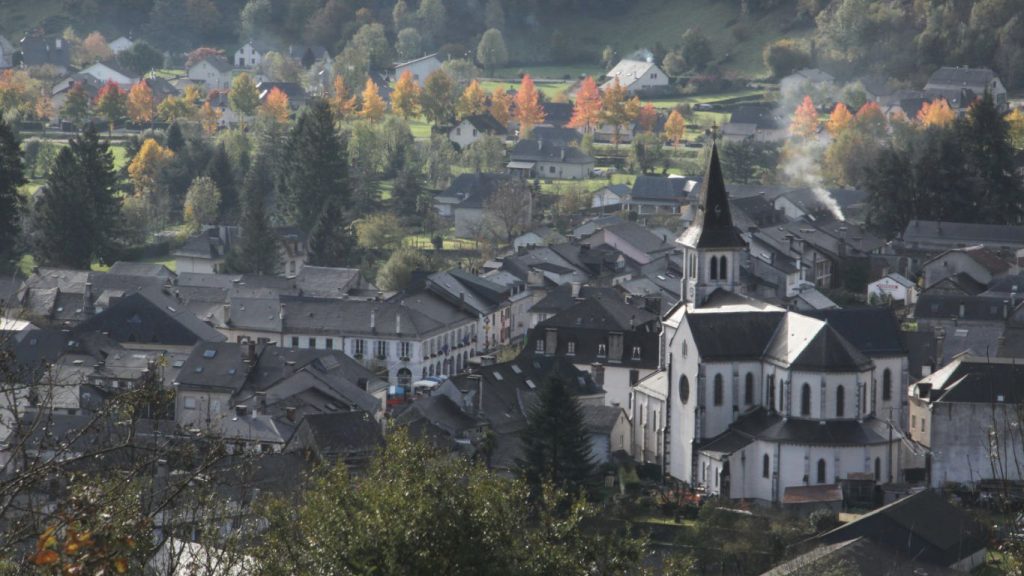
Explore the Pyrénées mountains of south-west France
Soaring splendour and great beauty that can match any other mountain range in Europe.
The Pyrénées are old mountains – they started forming around 100 million years ago – but they have weathered erosion well because they are largely made of granite. They run for nearly 500 kilometers from the Atlantic Ocean in the west (near Biarritz) to the Mediterranean Sea (near Perpignan) in the east. The main two crossing areas are the narrow strips of land at either side; there are relatively few passes across the middle of the mountain range.
Pyrénées-Atlantiques
On the west of the range the French department the Pyrénées-Atlantiques takes its name from the two major geographical features that dominate this part of France – the mountains and the ocean. The French Basque towns of Biarritz, Bayonne and Saint-Jean-de-Luz are the best-known names in this area and certainly the Basque influence is very important in this part of the Pyrénées.
The historic French province of Béarn
Béarn runs from the foothills of the mountains right up to the Pyrénées themselves and the Spanish border. This area had an important political and cultural influence on the region. Ever since the 15th century the capital of Béarn has been the town of Pau, which has spectacular views of the mountains some 50 kilometres away. But the history of Béarn goes back much further than that. Until the 9th century AD the capital of the area was Benearnum, from which Béarn gets its name. That town was itself an old Roman Gal town; its demise in 841 AD came at the hands of the Vikings. The current Pau suburb Lescar was built on its ruins. Another major attraction in the area is the the famous Lourdes – even if you’re not religious the town and its many pilgrims make for an interesting visit…
Activities
The natural beauty and height of the Pyrénées mean they are popular for winter sports – it’s a major skiing area – as well walking and climbing in the summer months. The mountains also offer a chance to see a way of life, especially farming, that has not greatly changed for many centuries. Scattered between the small towns and villages that are dotted around the mountain slopes and foothills are sheep farmers who still practice the age-old tradition of transhumance. Flocks of sheep are driven up to the high pastures of the mountains in early summer to take advantage of the lush grass there. They are then brought back down again in September to October before the winter snows set in. Transhumance is a colourful ritual and the local tourist authorities now offer a chance to witness this at first hand, even giving visitors a chance to stay overnight on the mountain.
Photo 2 by ANDRE Céline / CC BY 2.0 image cropped; Photo 3 by JM Fumeau / CC BY 2.0 image cropped; Photo 4 by Mikel Ortega / CC BY 2.0 image cropped




